These bags are available in two sizes & feature:
- Wide, adjustable shoulder strap making them very comfortable to use all day long.
- 2 D-rings on each side for hanging accessories like nippers, landing nets, etc.
- 2 lamb's wool drying patches for your flies.
- Inside center loop perfect for hanging your hemostats or other hook removers.
- 2 large front pockets with velcro closure big enough to hold your fly boxes, fly wallets, or most anything else.
- 4 smaller side pockets with velcro closure made to fit tippet spools, flotant tubes, split-shot containers, & any smaller accessories.
- 6 small grometted ventilation holes on the bottom to allow water & moisture out & air to circulate inside the bag.
- Full cover top flap with snap closure.
- Fully lined inside with a stain & water-resistant lining, making these bags very easy to clean inside.
Just like summer, this bag sale won't last forever. Contact me if you have any questions about these fishing bags.
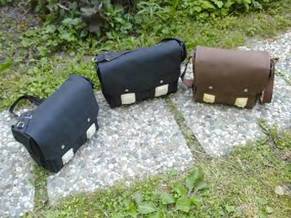
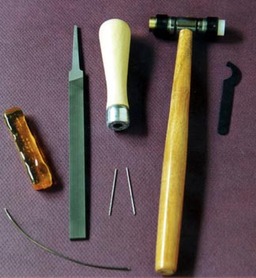
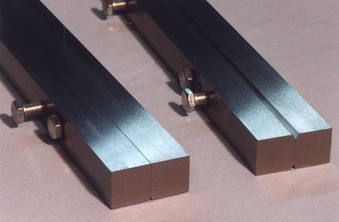
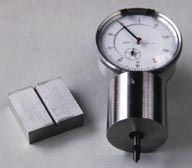

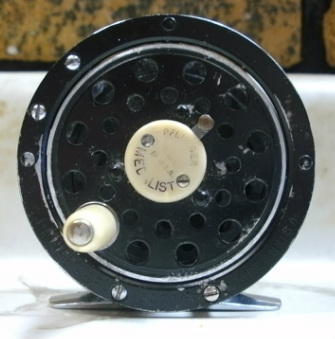
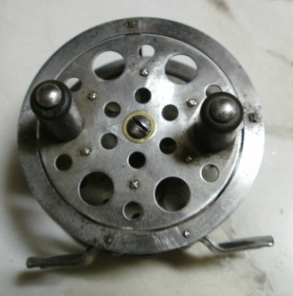
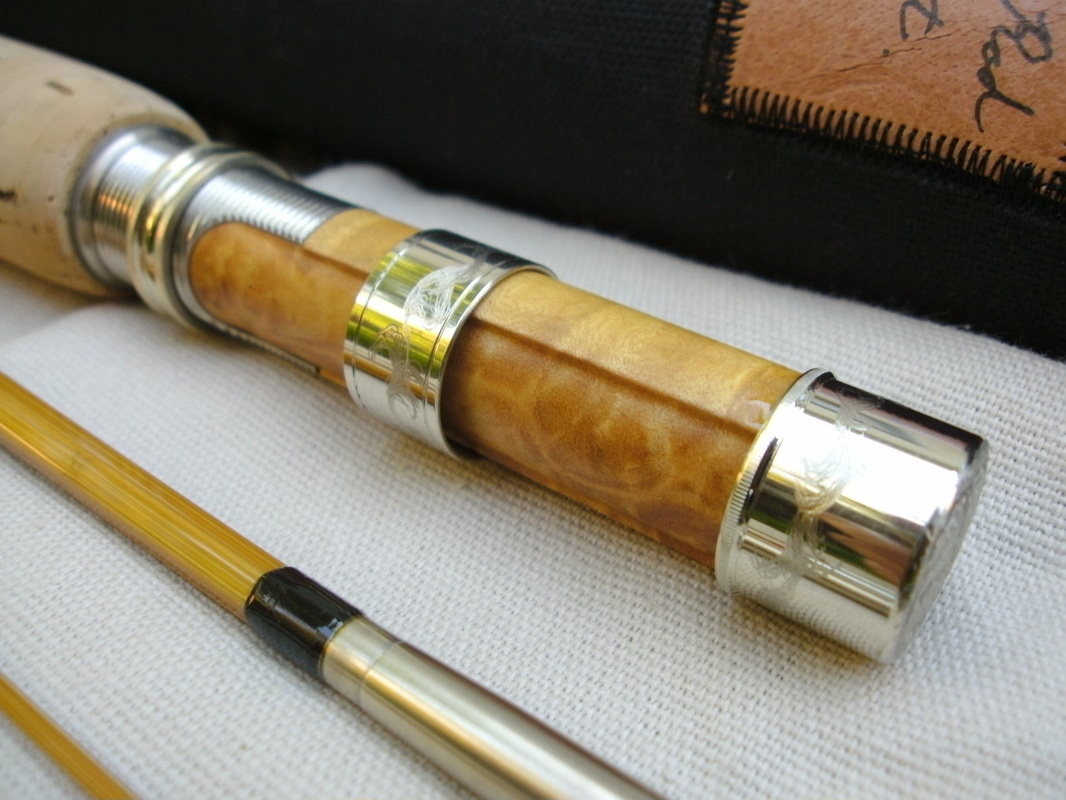
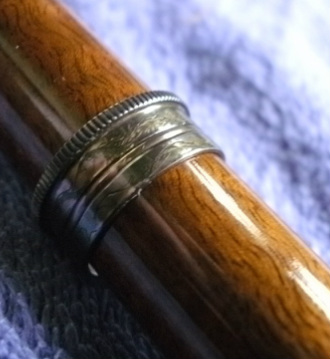
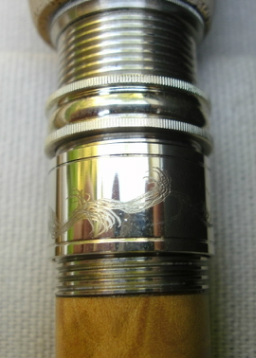
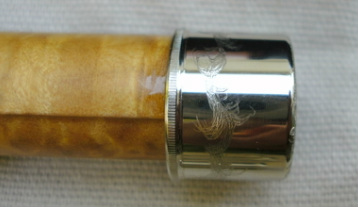
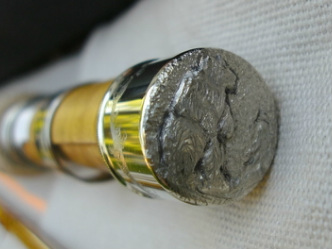
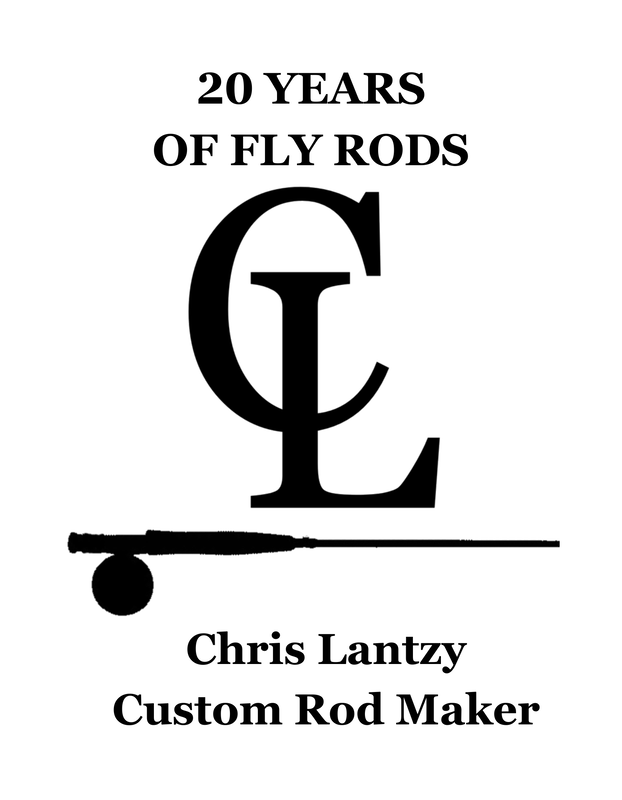
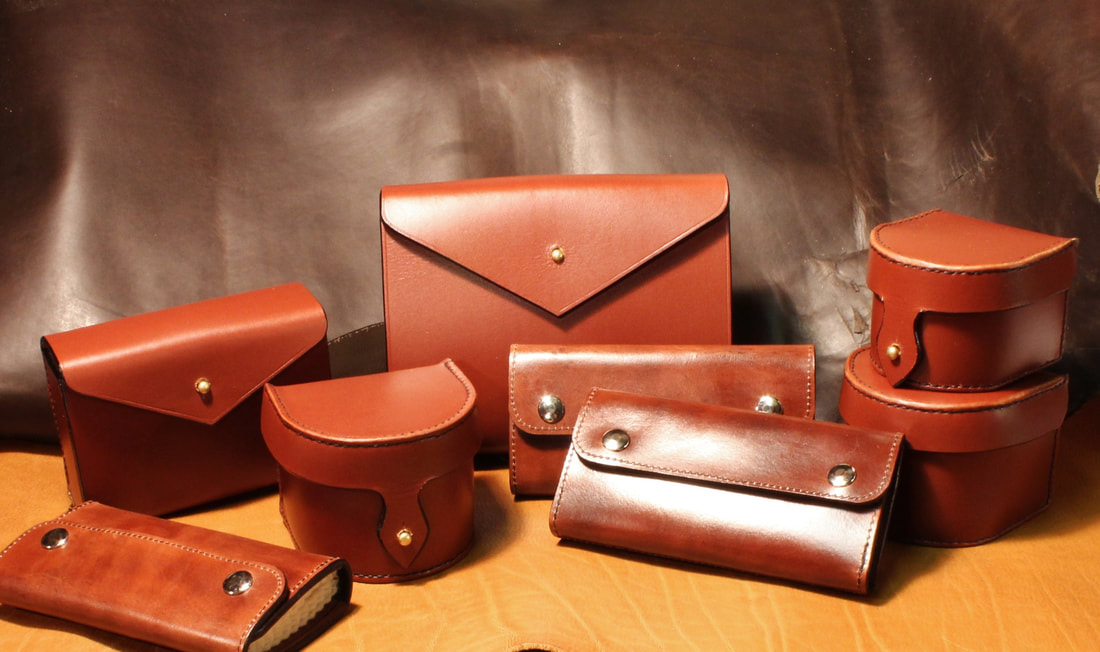

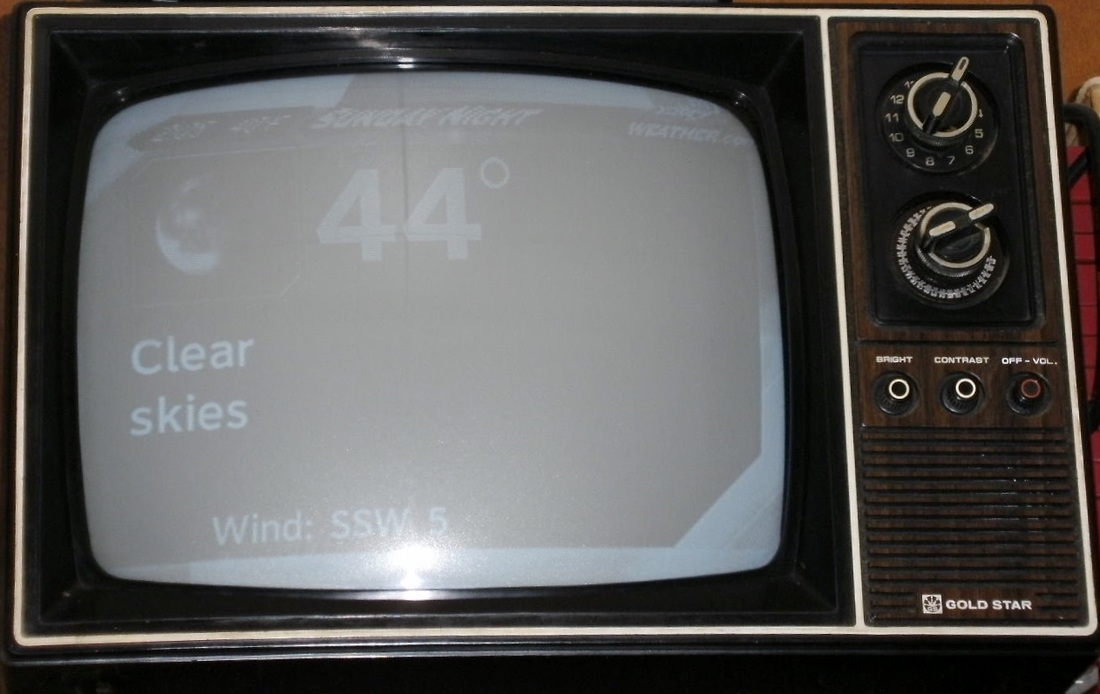
 RSS Feed
RSS Feed
